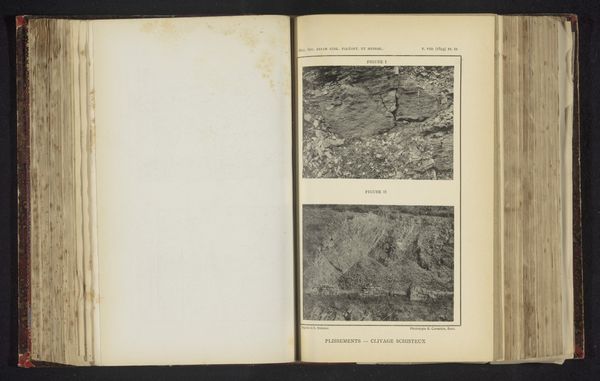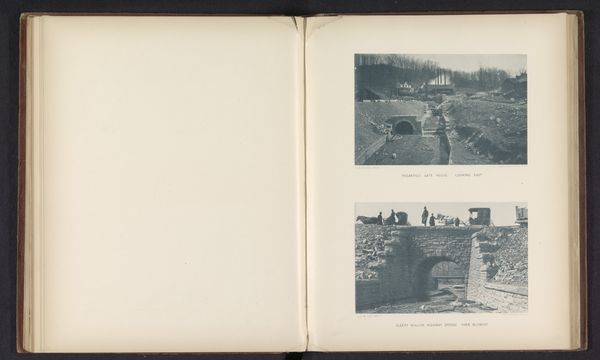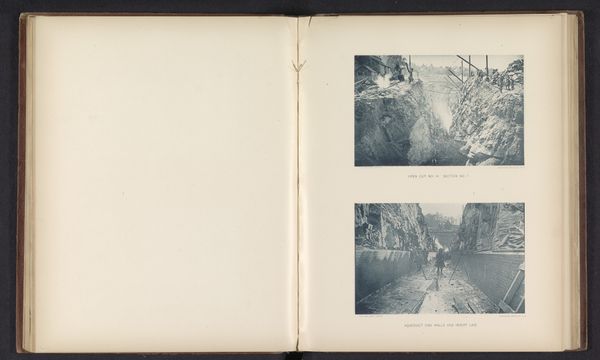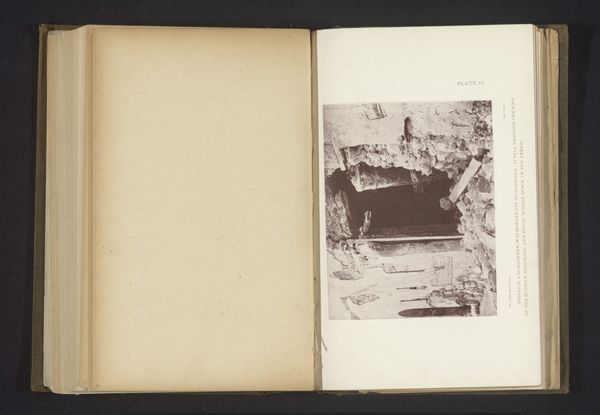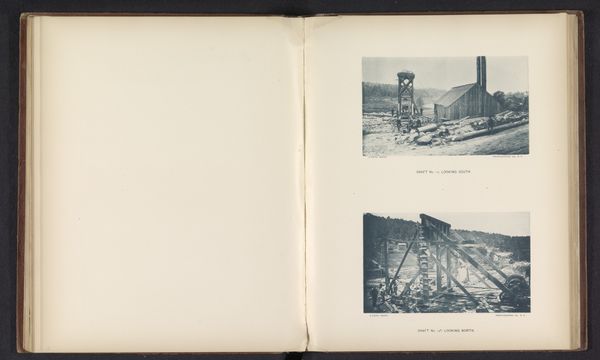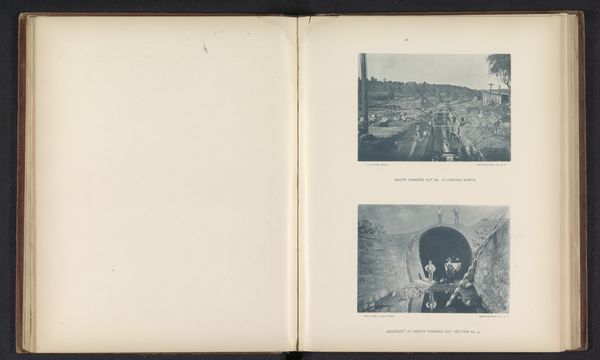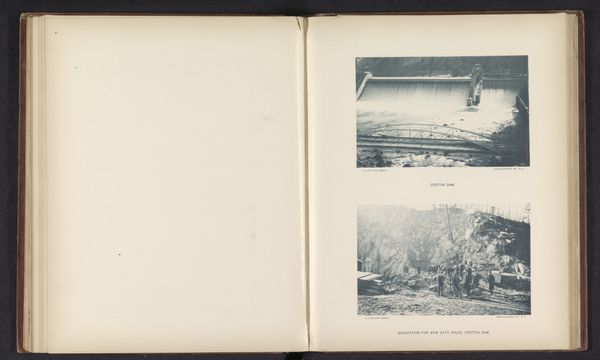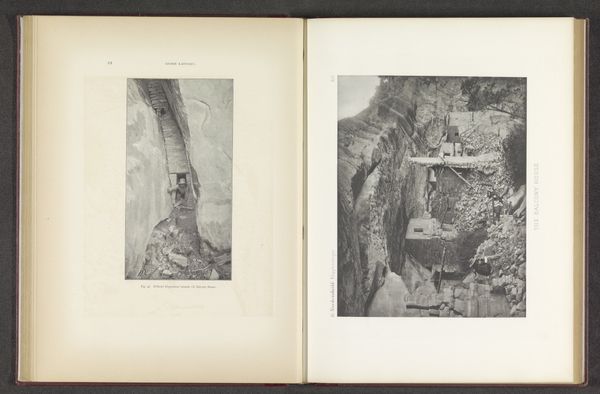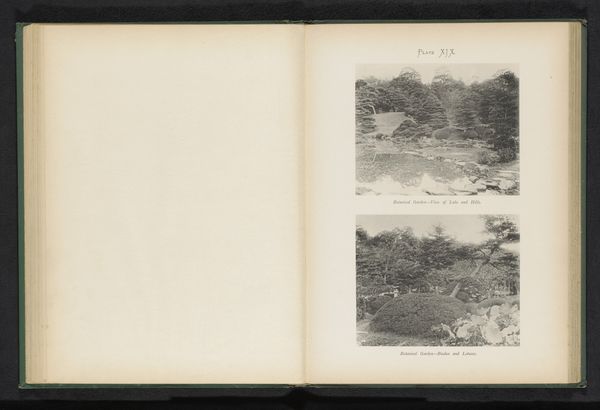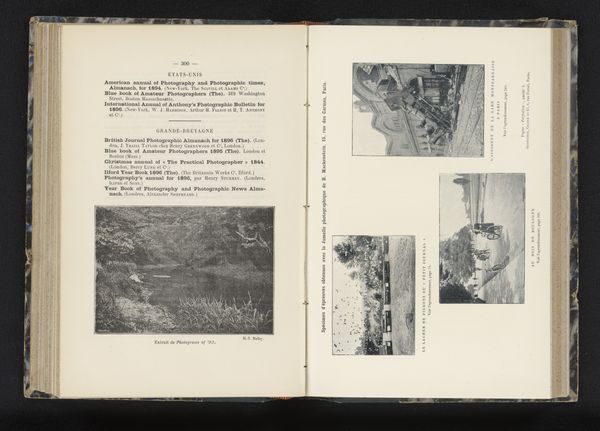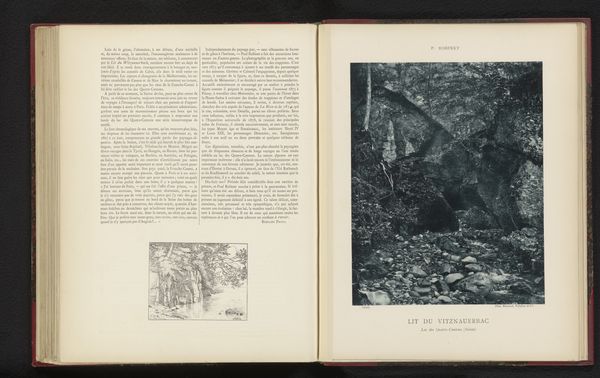![['Ardsley gate house, section no. 7', 'Facade to blowoff culvert Ardsley, section no 7'] by P. de Luze](/_next/image?url=https%3A%2F%2Fd2w8kbdekdi1gv.cloudfront.net%2FeyJidWNrZXQiOiAiYXJ0ZXJhLWltYWdlcy1idWNrZXQiLCAia2V5IjogImFydHdvcmtzL2VlYWFmNDNjLWVkOWEtNGQ5MC04MTVjLTJiODNhOTgwODFmNS9lZWFhZjQzYy1lZDlhLTRkOTAtODE1Yy0yYjgzYTk4MDgxZjVfZnVsbC5qcGciLCAiZWRpdHMiOiB7InJlc2l6ZSI6IHsid2lkdGgiOiAxOTIwLCAiaGVpZ2h0IjogMTkyMCwgImZpdCI6ICJpbnNpZGUifX19&w=3840&q=75)
['Ardsley gate house, section no. 7', 'Facade to blowoff culvert Ardsley, section no 7'] before 1887
0:00
0:00
print, photography, gelatin-silver-print
#
ink paper printed
# print
#
landscape
#
photography
#
coloured pencil
#
gelatin-silver-print
#
cityscape
Dimensions: height 345 mm, width 272 mm
Copyright: Rijks Museum: Open Domain
Editor: Here we have a spread of gelatin-silver prints dating from before 1887, credited to P. de Luze, showcasing "Ardsley gate house, section no. 7" and "Facade to blowoff culvert Ardsley, section no 7." The tones feel quite stark. What's your take on these industrial landscapes? Curator: They speak of transformation, don't they? I see two wombs – arched openings– in the making. One cut sharply into the earth, the other, it seems, almost grown from the earth's bones. It’s all pre-birth and utility. The Ardsley Gate House, with its crude wooden supports, suggests a temporary state – something messy, not quite yet whole. The Facade seems like a bridge to somewhere. Where would you say each leads? Editor: The first one looks more temporary, almost like the inside of a mine or a construction zone that may soon disappear. The second, maybe a road...leading somewhere. The gate-house reminds me of unstable, quick fixes that lead to a collapse of grand infrastructure projects. The facade almost feels more grounded and sturdy and final. Curator: Ah, that contrast—instability versus groundedness—resonates. Perhaps de Luze is hinting at the tension between our ambition and the unforgiving reality of the land. Consider the sheer volume of earth moved. It reminds me of my own… excavations, I suppose, as I sift through dusty archives. Is it romanticising engineering, or simply a detached document? Maybe it asks a broader question: Can something built from harsh disruption also have inherent beauty? Editor: That is really fascinating: maybe there is beauty to be found in infrastructure; progress and destruction are maybe closely tied in these images. Curator: Precisely! We impose, and something new, maybe not traditionally beautiful, emerges from the rawness. It is almost about claiming, building, destroying and rebuilding new spaces.
Comments
No comments
Be the first to comment and join the conversation on the ultimate creative platform.
